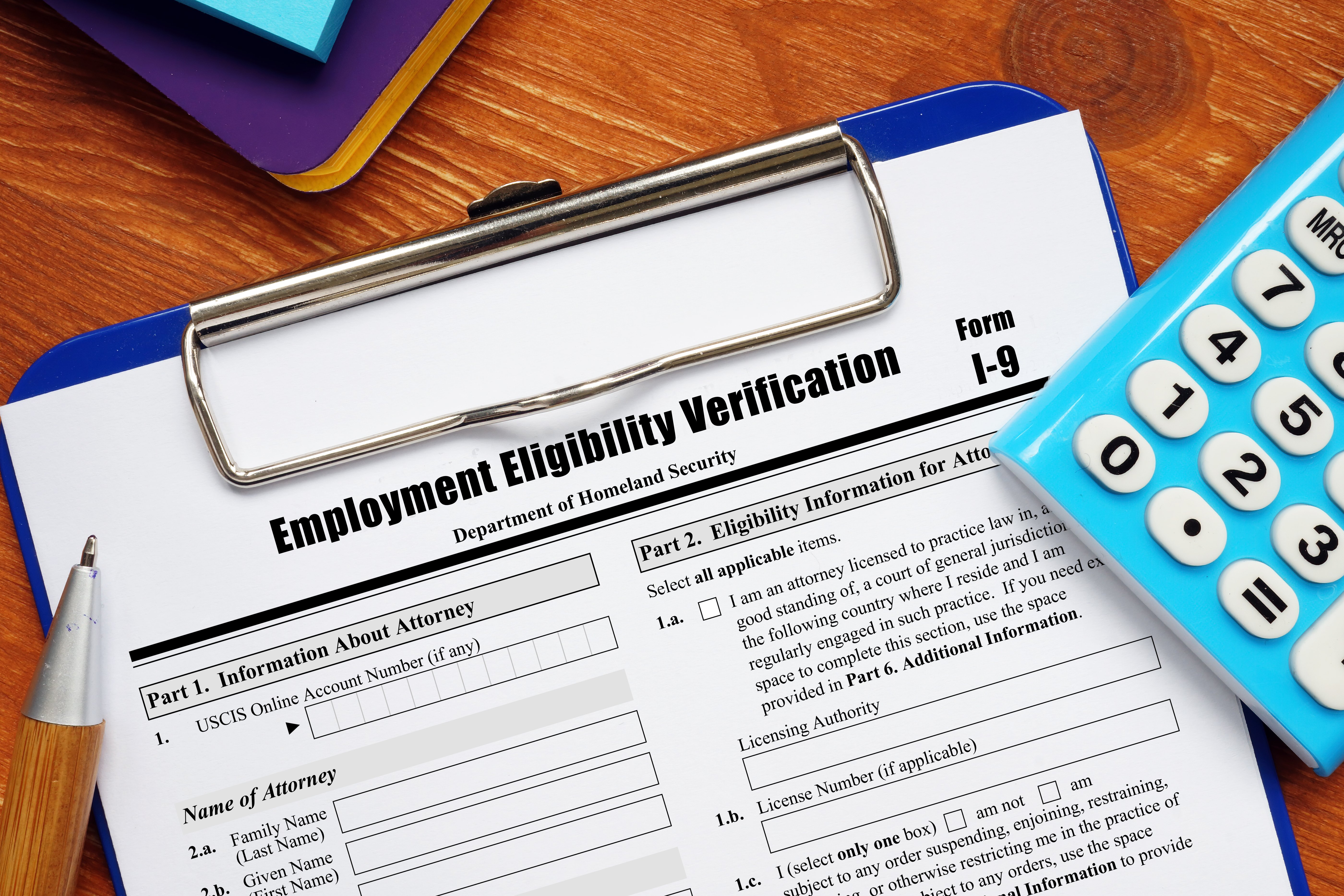Today, we will look at the ongoing debate between remote and in-office work, the challenges employers are facing, and the ways that I-9 Verifications for remote employees can help companies no matter which path they choose.
The demand for remote work is certainly there, and it is guiding a tumultuous job market. The pandemic, according to Bankrate’s February 2022 Job Seeker Survey, has significantly shifted workers’ priorities as they place more and more importance on remote, hybrid, and flexible in-office schedules. Indeed, 55% of respondents to the Bankrate survey indicated that working from home was more important to them now than it was before the pandemic; 52% said compensation had similarly become more important.
While on the surface this survey seems to amount to no more than semantics and cherry picking—of course people will place more priority on remote/hybrid work after a pandemic that introduced it into so many of their lives—but there is nonetheless some food for thought here.

Consider that the pandemic, in addition to compelling remote work, also brought new economic realities to a great portion of the workforce. Sure, it might have given people a taste of remote life, but it also gave us things like inflation, supply chain shortages, and an increasingly fragile economy. That, two years into the pandemic, workers are similarly concerned about remote work options as they are about financial compensation speaks volumes about workers’ priorities and the evolving employment marketplace.
This is why companies like Spotify, Twitter, and even global wealth management firm UBS are offering permanent remote work options for US-based employees.
Concerns about Remote Work, Valid and Otherwise
There are, of course, concerns about an entirely remote or even majority-hybrid work culture. The heaviest of these concerns deals with teamwork and productivity. Workers cannot brainstorm and collaborate as effectively in a Zoom conference room as they can in a real one, the thinking goes.
We understand the concern and, as a company, are trying to find the right balance ourselves. Studies emerge almost every week extolling the virtues of in-office collaboration just as another set of studies comes out dismissing them. This is a very complicated and difficult decisions that companies are necessarily making even as we speak.
But that doesn’t mean that it hasn’t gotten easier. Many of the arguments for in-office work simply no longer hold as technology has obviated many concerns about remote work.

We no longer need workers in office to access company files, whether in a filing cabinet or a local server—that’s all in the cloud now. Workers don’t need to come into the office to use company technology (i.e. PC towers)—company laptops are table stakes post pandemic. And anybody who thinks that face-to-face collaboration requires physical proximity hasn’t been online in a while.
So, at the end of the day, many of the office’s imperatives have fallen away. Sure, there are some truly asinine arguments out there (like this one asking if remote work will erode the hierarchies of in-office seating and lead to total anarchy) but by and large, hesitancy typically comes from questions about collaboration and productivity.
TrendSource I-9 Remote Verifications
If you thought this blog was going to tell you what to do with your workforce, sorry—we are a compliance management firm, not a consulting agency. It is not for us to tell you how to run your business, how to manage your employees, or how to construct your company culture and expectations.

But we are here to help you once you decide. Because regardless of whether you are remote, hybrid, or entirely in-office, employment eligibility compliance remains a fact of life. Every company must ensure their employees complete Form I-9.
That’s why TrendSource’s Remote I-9 Verifications with E-Verify are such a game changer. New Hires can complete Section 1 and Section 2 of Form I-9 wherever they reside, whether it is near company HQ or clear across the country.
I-9 Verifications for remote workers help HR teams onboard remote employees by pairing them with local Field Agents to document their employment eligibility. This means that remote New Hires will not be tasked with hunting down a licensed notary or their own verification specialist, but rather will be contacted by a local Field Agent to set up an appointment for a brief in-person visit and verification.
Rapidly onboarding employees remains a top priority among HR teams and the companies they serve. Remote I-9 Verifications help human resources teams meet this obligation efficiently and effortlessly.
As companies struggle to define themselves as remote, hybrid, or entirely in-office, these companies should be considering things like productivity, overhead costs, and company culture and spirit. One thing they shouldn’t have to worry about is how these choices will impact their ability to rapidly onboard their New Hires.
With TrendSource’s Remote I-9 Verifications, they don’t need to.


